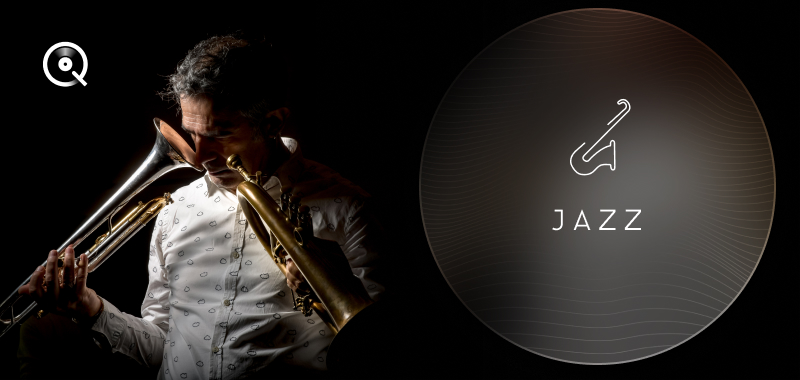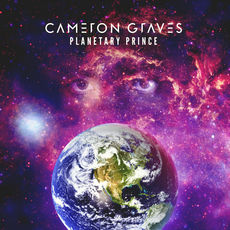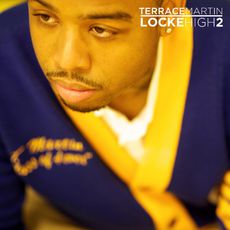The life of Kamasi Washington has had many turning points: the autobiography of Malcolm X, as well as crossing paths with Snoop Dogg; trumpet player and orchestra conductor Gerald Wilson, Kendrick Lamar, and a dozen or so other names. One of the most notable of these turning points is The Epic, the perfectly-chosen title under which Kamasi became Kamasi. The Californian saxophonist’s life was forever changed by the worldwide critical and popular success of this triple album – a rare, daring format. The record was released in 2015 not by a jazz label, but on Brainfeeder, a lineup assembled by the producer Flying Lotus, who was more readily associated with high-concept hip hop and offbeat electro than with straightforward jazz. Suddenly, Kamasi Washington’s name was rolling off the tongues of music lovers who didn’t typically find themselves interested in the genre, in spite of the whopping three hours of pure, unadulterated jazz that make up The Epic. Up until this point, only a select few late-stage jazz junkies knew and followed the wanderings of this towering thirty-something who had contributed to Kendrick Lamar’s To Pimp a Butterfly. How did this record come to be? And why did the musician find himself locking horns with artists as diverse as Lauryn Hill and Herbie Hancock, who had also invited him to play on recording sessions for a future album?
Kamasi Washington’s story is inseparable from that of his hometown of Los Angeles. More precisely, Inglewood, the South Central LA neighborhood that infamously served as the backdrop for the gang wars between the Bloods and the Crips that peaked between 1985 and 1995. This teacher and musician’s son (his father, also a saxophonist, sometimes joins him on tour) barely avoided the crossfire, fascinated by this urban guerilla warfare that took hundreds of lives. " At the time, African American culture in the media was limited to rap music and the gang violence that came with it. Only really negative stuff. In comparison, jazz, which came into my life at the same time, just seemed more intelligent to me. I still had my dark phase, though, at about nine years old, when I wanted to be part of a gang, too, a criminal… "
Create a free account to keep reading








